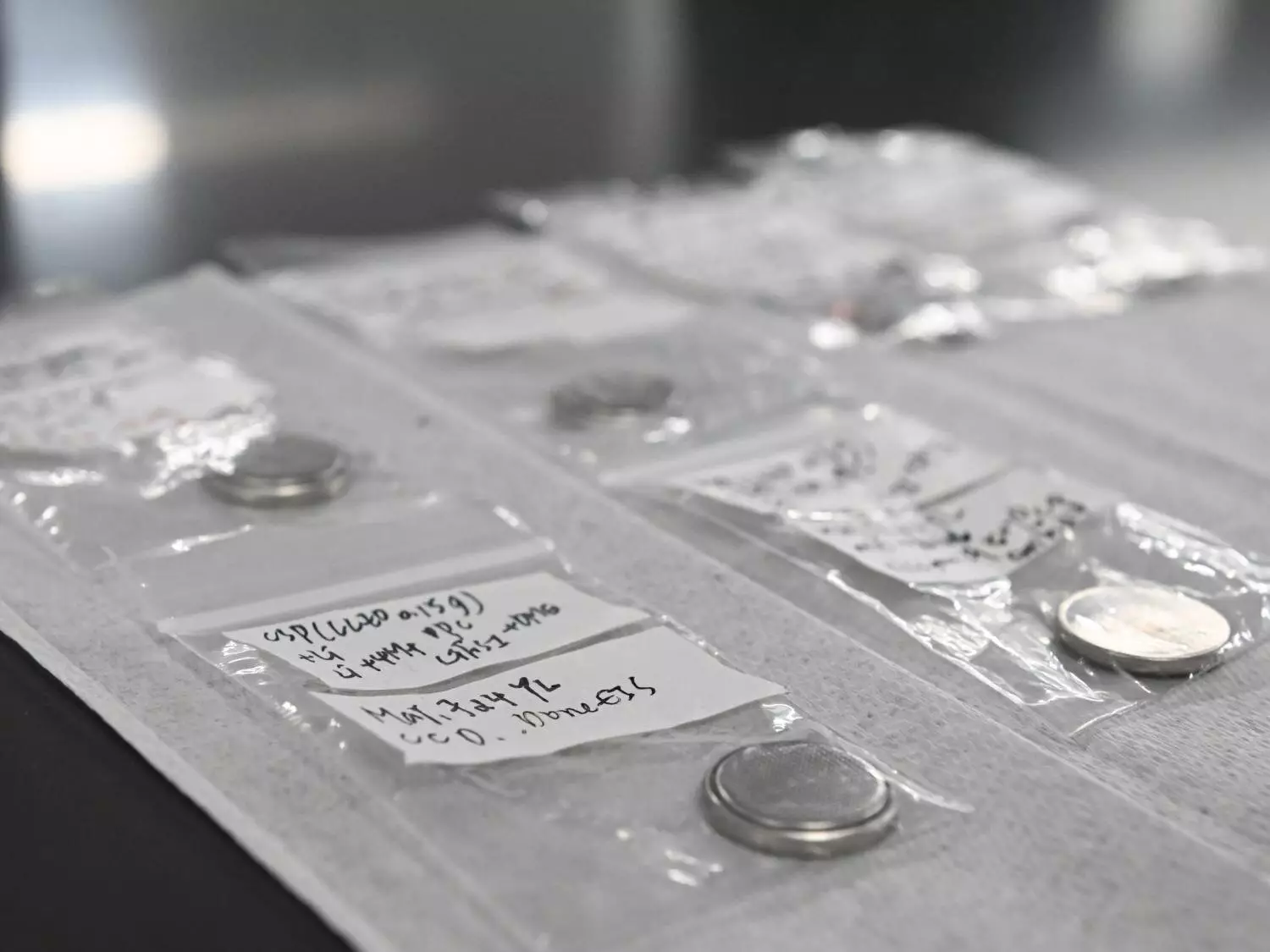The world is constantly evolving, and with that evolution comes the need for sustainable and environmentally friendly technologies. One emerging technology that has the potential to revolutionize the way we power our devices is rechargeable solid-state lithium batteries. These batteries offer enhanced energy density and are a safer alternative to the flammable lithium-ion batteries commonly used in consumer electronics. However, one major drawback of these batteries is their lack of environmental friendliness. Current recycling methods focus primarily on the recovery of metals in the cathodes, leaving everything else to go to waste.
The Solution
A team of researchers at Penn State, led by Enrique Gomez, has made significant strides in solving this recycling issue. Their innovative approach involves reconfiguring the design of solid-state lithium batteries to ensure that all components are easily recyclable. By introducing two polymer layers at the interfaces between the electrode and the electrolyte, the researchers were able to facilitate the separation of key components during the recycling process.
The Recycling Process
Traditionally, the recycling of battery components results in the formation of a “black mass” where valuable materials are mixed together, making separation difficult. By dissolving the polymer layers during recycling, the researchers were able to separate the electrode from the electrolyte. This step proved crucial in simplifying the recycling process and maximizing the recovery of materials needed for new batteries.
To further enhance the recycling process, the researchers utilized cold sintering technology to create a composite of recovered metals and electrodes. Cold sintering, developed in 2016, allows for the combination of powder-based materials at low temperatures through applied pressure using solvents. This innovative approach enabled the reconstruction of batteries with the recovered components, paving the way for repeated recycling of solid-state lithium batteries.
After testing the performance of the reconstructed batteries, the researchers achieved impressive results, with the batteries retaining between 92.5% and 93.8% of their original discharge capacity. This successful demonstration not only showcases the feasibility of recycling solid-state lithium batteries but also provides crucial insights for designing recyclable versions of these batteries for future commercialization.
The work conducted by the team at Penn State represents a significant step towards achieving sustainable and environmentally friendly energy storage solutions. By addressing the recycling challenges associated with solid-state lithium batteries, the researchers have opened the door to a more circular approach to battery manufacturing and usage. As the demand for rechargeable batteries continues to grow, it is essential to prioritize the development of recyclable technologies that minimize waste and environmental impact. The future of solid-state lithium batteries looks promising, thanks to innovative research efforts focused on sustainability and resource efficiency.


Leave a Reply